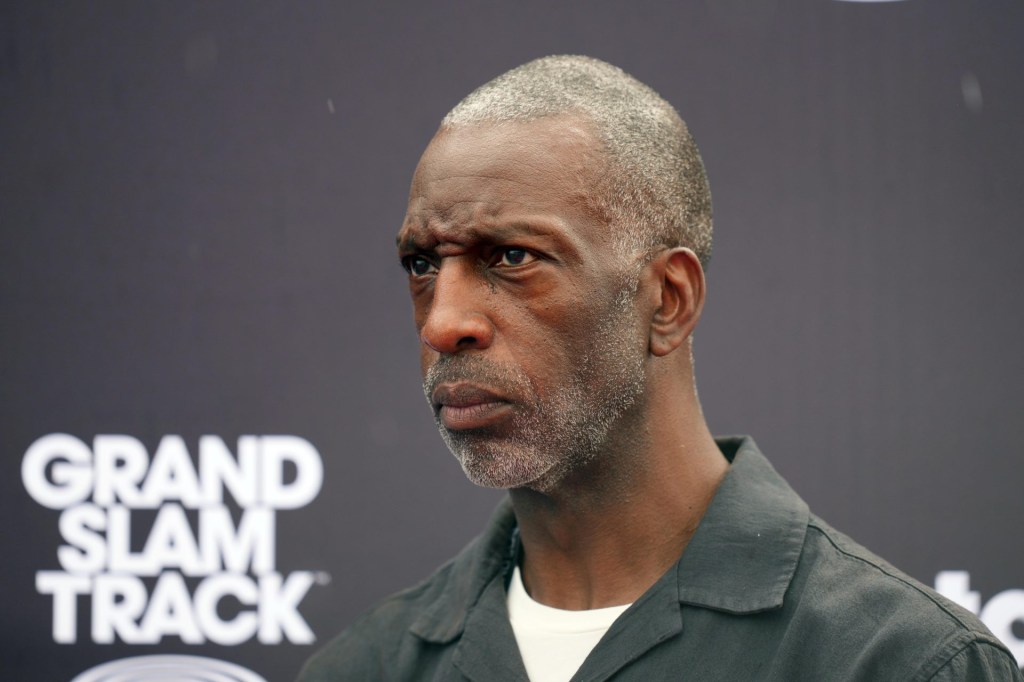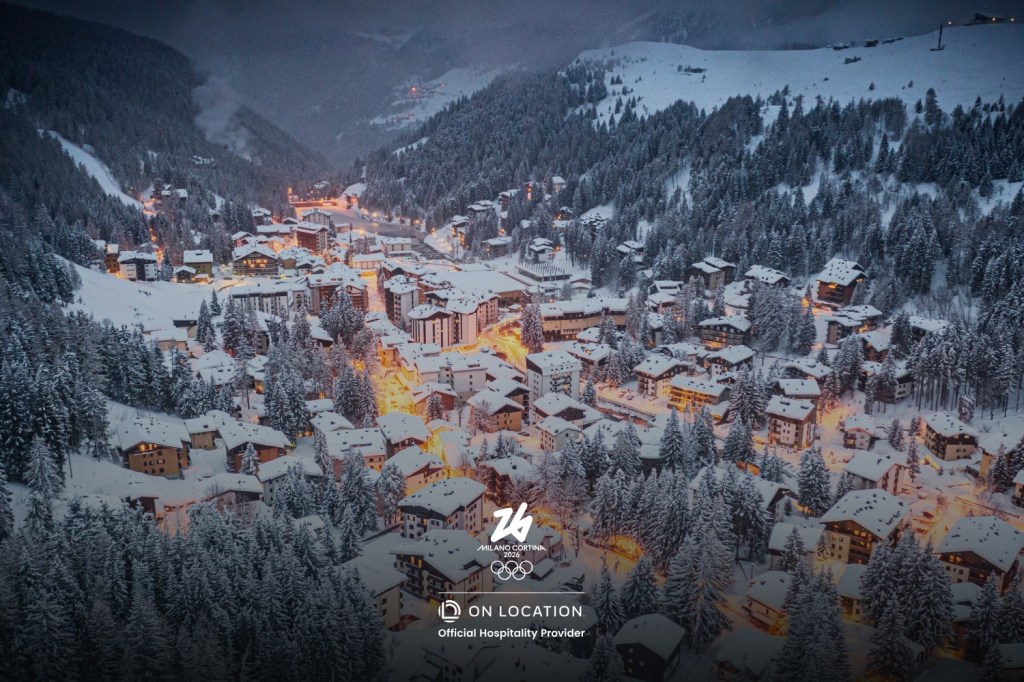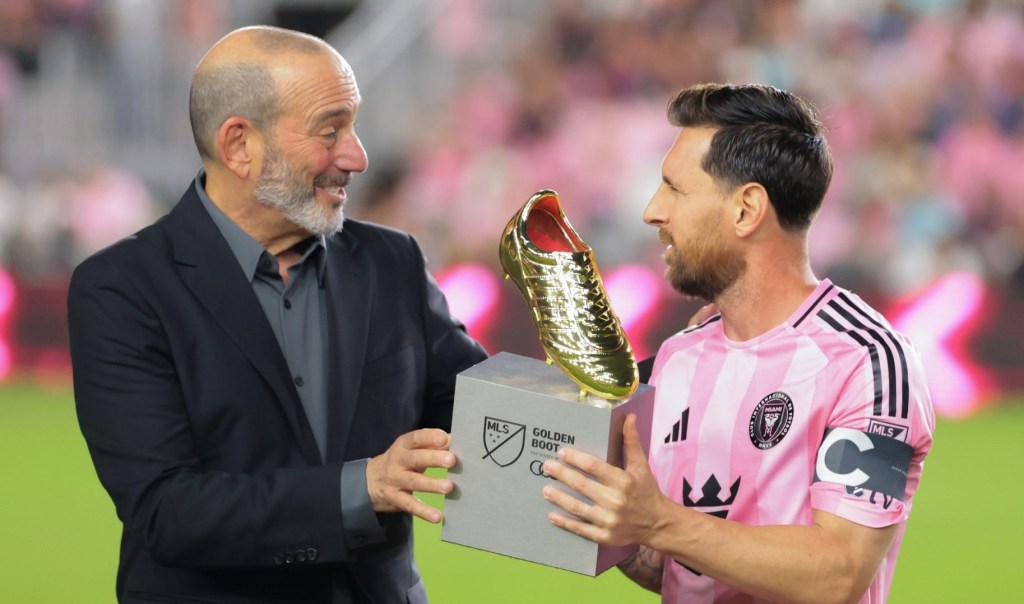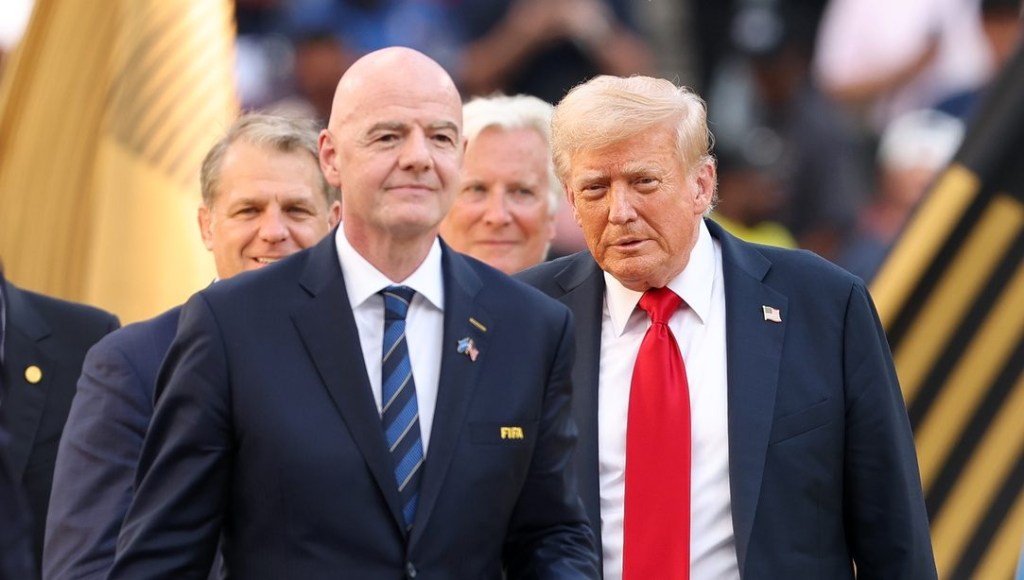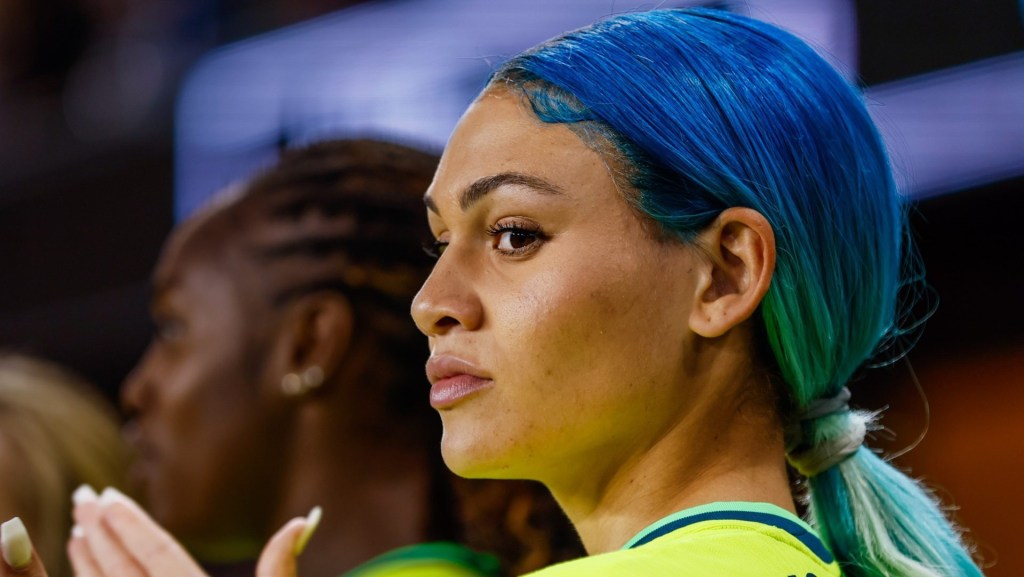The National Hockey League begins the 2025–26 season Tuesday night, and it will do so in arguably a position of unprecedented strength.
The start of the season arrives after a productive summer that saw the NHL and several of its teams set themselves up for both the short- and long-term future. Among the major events that happened around the sport since the Panthers claimed a second consecutive Stanley Cup in June:
- The league completed a four-year collective bargaining agreement with the NHL Players’ Association. The deal, running to September 2030, will include an expansion of the regular season to 84 games beginning next year, as well as changes to hockey’s free agency. The pact arrived without any public drama and continues to herald a very different relationship between the two organizations compared to the 1990s and early 2000s.
- Oilers superstar Connor McDavid, a three-time Most Valuable Player and perhaps the sport’s greatest talent, signed a two-year, $25 million contract extension with Edmonton. The team-friendly deal, designed to extend the Oilers’ window to win a Stanley Cup, ended a summer full of uncertainty about McDavid’s professional future.
- Canadian media giant Rogers Communications closed on its $3.46 billion deal to acquire 37.5% of Maple Leaf Sports & Entertainment. The deal brought the Rogers stake in the Maple Leafs’ parent company to a controlling 75% and solidified one of the most powerful sports ownership groups anywhere in the world. The MLSE agreement closely followed a separate, $7.9 billion pact Rogers signed in the spring to extend its NHL media rights in Canada for 12 years.
- The Wild signed star forward Kirill Kaprizov to an eight-year, $136 million extension, setting new records for overall contract size and average annual value, and likely opening up a new era in NHL player compensation.
Key business metrics for the NHL, meanwhile, have continued to rise. In particular, attendance last season reached a record 23 million, and expectations are strong that the number will be challenged again.
That growth, as well as revenue that reached a league-record $7 billion in mixed currency last season, has also been reflected in upcoming salary caps. The NHL’s current level, set at $95.5 million for the 2025–26 season, is estimated to rise to $104 million in 2026–27 and $113.5 million for 2027–28. With those increases, the NHL salary cap is set to spike by more than 25% over a three-year period.
The NHL has leaned in to its current success with its new season-opening marketing campaign entitled “The Next Golden Era Is Now.” The effort seeks to juxtapose many of the game’s stars with current cultural and business trends such as working from home, artificial intelligence, and reality television.
Next Up: Chasing Gold
The upcoming season, meanwhile, will be paused in February for the 2026 Winter Olympics in Italy, which will feature NHL players for the first time since the 2014 Games in Sochi, Russia.
The international competition will seek, in part, to build on the success of last season’s introductory 4 Nations Face-Off, which set its own series of viewership records.
The Winter Classic, meanwhile, will lean in to another nontraditional setting as the Jan. 2 game will be held at Miami’s loanDepot park, home of MLB’s Marlins. A subsequent Stadium Series game will also be held in Florida at Tampa’s Raymond James Stadium, home of the NFL’s Buccaneers.
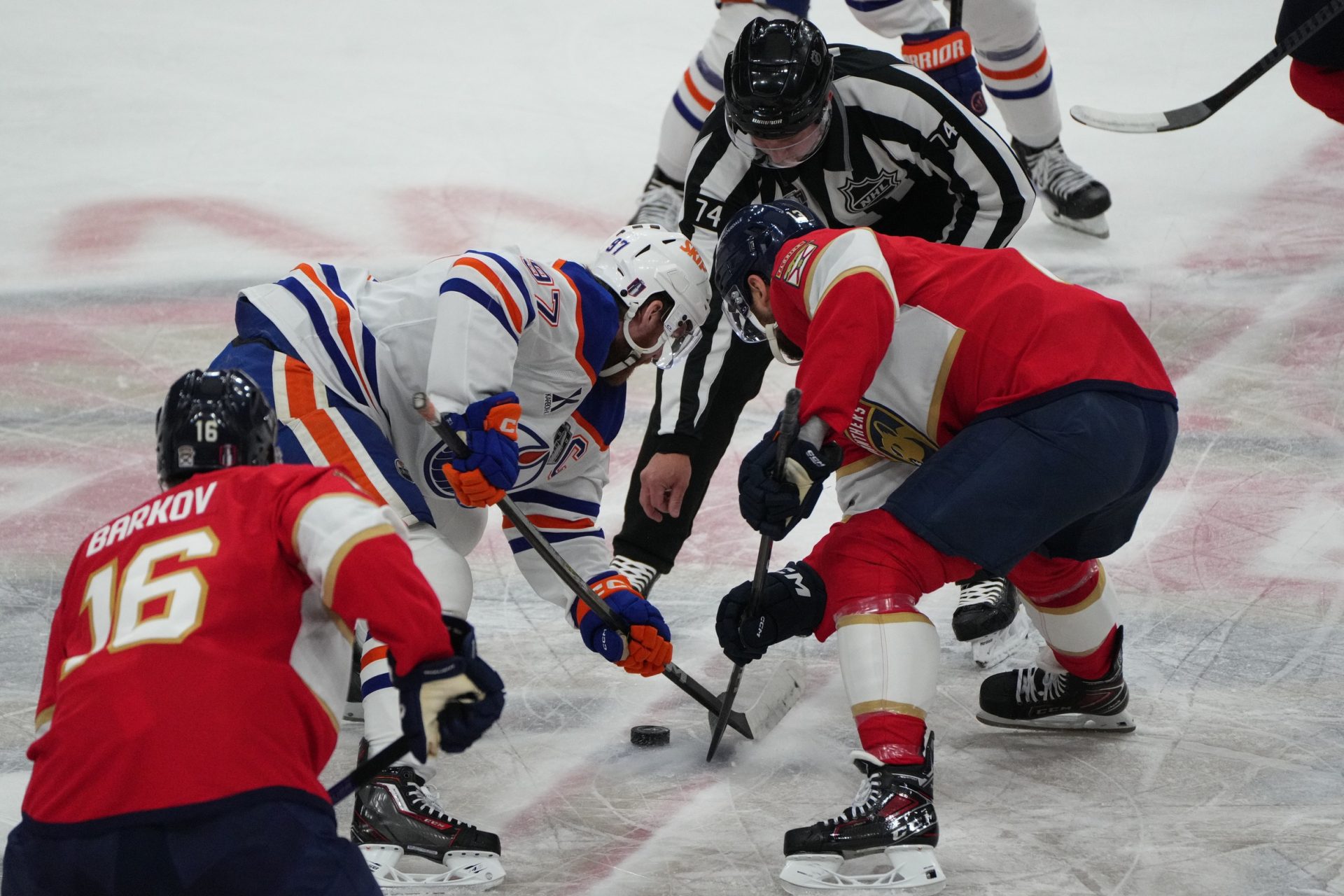

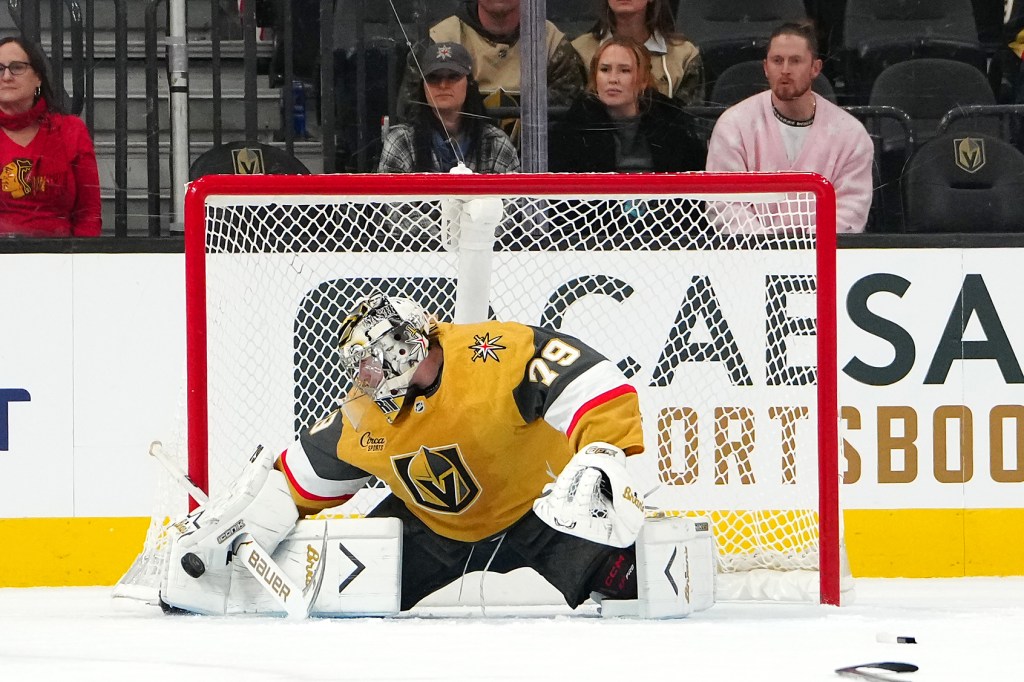
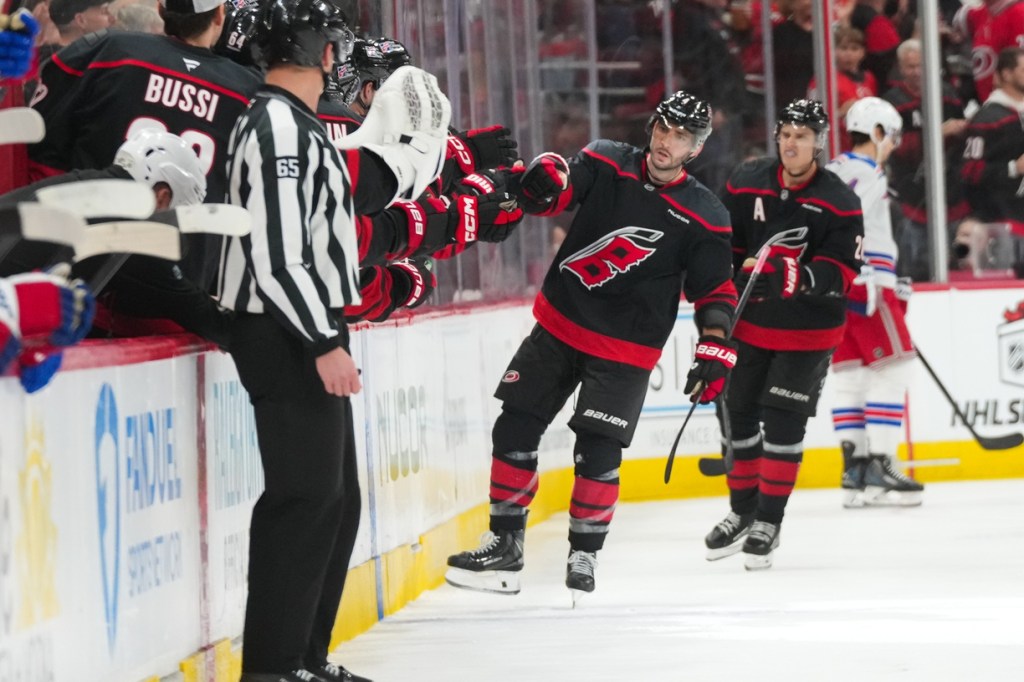
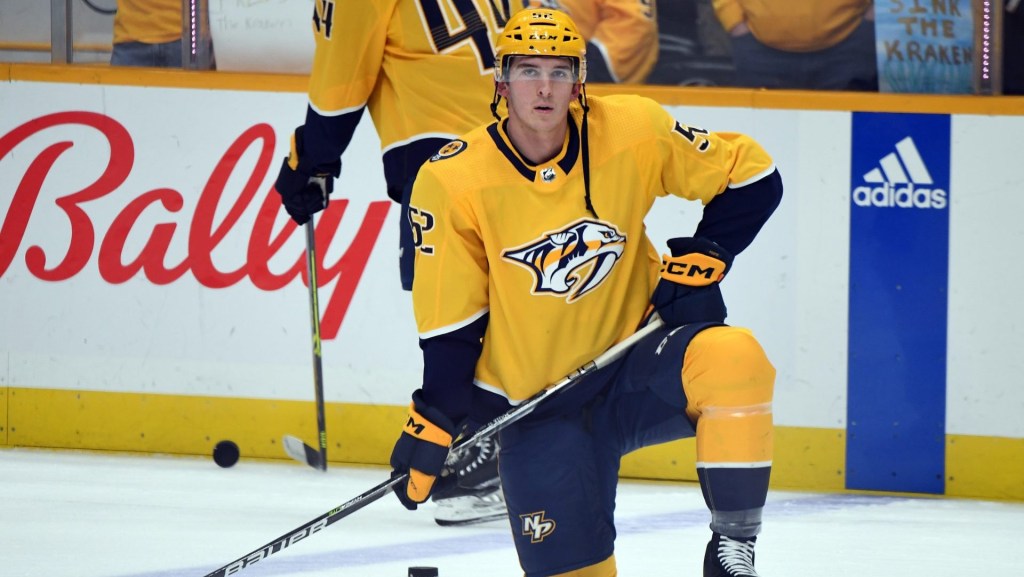
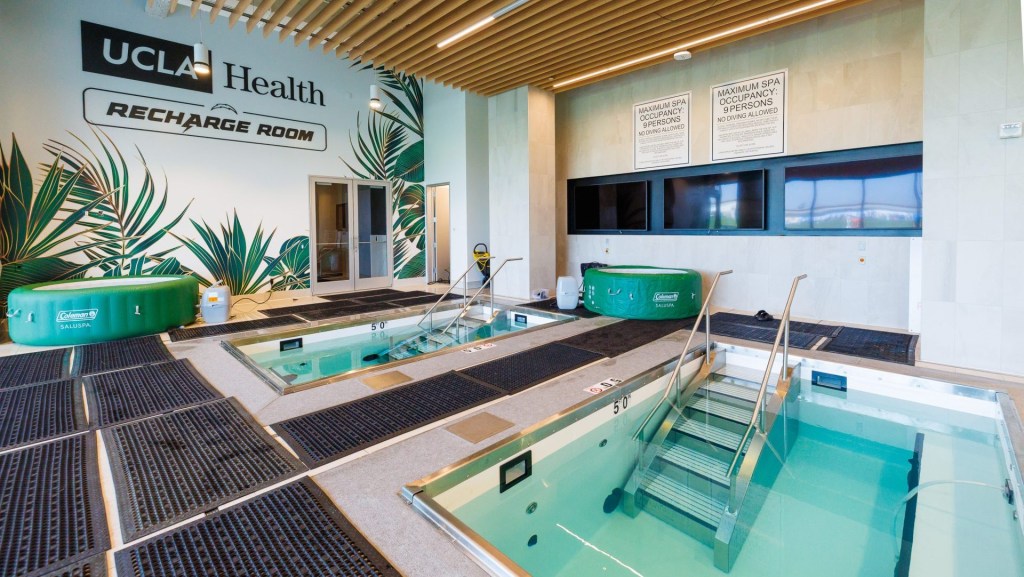

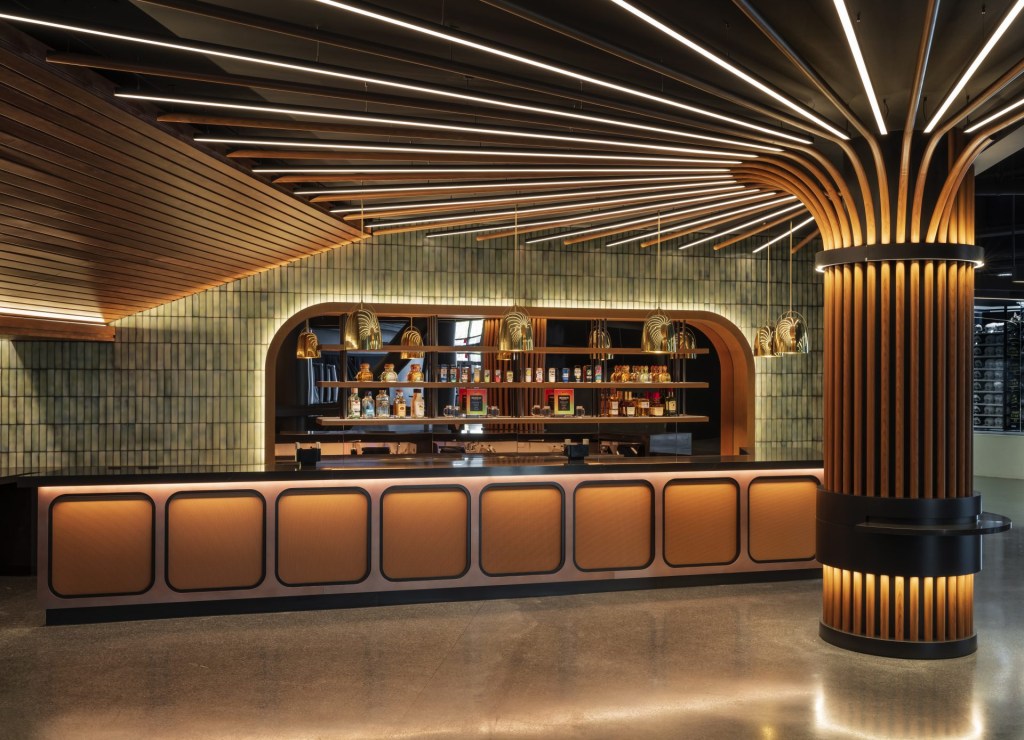

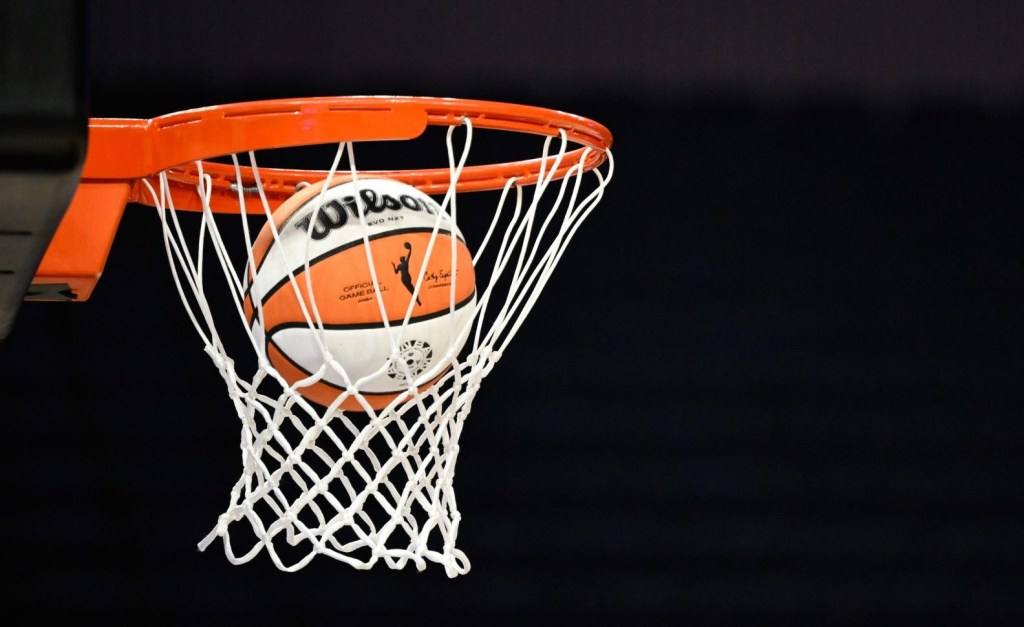
![[US, Mexico & Canada customers only] Dec 5, 2025; Washington, District of Columbia, USA; United States of America President Donald Trump, FIFA President Gianni Infantino and Canada Prime Minister Mark Carney watch from the stands during the FIFA World Cup 2026 Final Draw at John F. Kennedy Center for the Performing Arts.](https://frontofficesports.com/wp-content/uploads/2025/12/USATSI_27745262_168416386_lowres-scaled.jpg?quality=100&w=1024)
